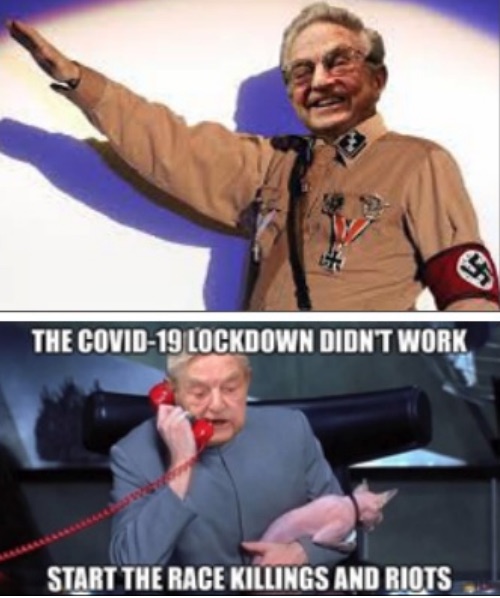New guidance for MPs and Parliamentary candidates has been published this week, instructing politicians how to spot and combat conspiracy theories. Yet the report, commissioned by Tory Cabinet minister Penny Mordaunt and compiled by the Antisemitism Policy Trust, may not really be the promised silver bullet to the tinfoil hat brigade which supposedly dominates the internet.
The guide aims to inform MPs about the risks of conspiratorial thinking, but ends up drawing some rather tenuous links between various conspiracies. The chart above goes some way in illustrating this complex web of theories, which places antisemitism at the centre of everything.
The collection includes the chemtrails conspiracy theory, which posits that contrails from aircraft deliberately release dangerous chemicals. The report suggests it is associated with antisemitic conspiracy theories, claiming that chemtrail truthers “believe in a clandestine global conspiracy” involving the Rothschild family, among other powerful figures.
The report goes on to highlight how theories regarding the Great Reset, World Economic Forum and the Ukraine war (Volodymyr Zelensky’s family is Jewish) are all also closely tied to antisemitism. This includes the belief that prominent Jewish financiers, most notably the billionaire philanthropist George Soros, control world events. The guide includes memes of Soros dressed as a Nazi and as Dr Evil from the Austin Powers film series.

There is also conflation of Elon Musk’s sharing of a meme with a conspiracy theory. The X and Tesla owner tweeted out an image criticising reflexive supporters of Ukraine, as well as LGBTQ+ advocates, suggesting it was a case of “I support the current thing.” His tweet is cited as a conspiracy theory as it blends “a hostility to international organisations and a tendency to reject any stance with widespread public support”. Does this mean that simply rejecting opinions with widespread support, as well as having a hostility to international organisations, constitutes a conspiracy theory?
Towards the end of the report, MPs are warned that they should be wary not to spread conspiracy theories, as the “victim may also be a public institution or the government, who may lose credibility and trust”. Yet this boundary is not firmly established. It might be argued that governments should be challenged on the information which they lay out, which may correctly result in them losing credibility and trust.
It is a difficult subject from which to draw simplistic conclusions. The goal may be noble, but if one definition of “conspiracy theory” is imagining connections where there are none, this Parliamentary guide could be described as somewhat…conspiratorial.









Join the discussion
Join like minded readers that support our journalism by becoming a paid subscriber
To join the discussion in the comments, become a paid subscriber.
Join like minded readers that support our journalism, read unlimited articles and enjoy other subscriber-only benefits.
Subscribe